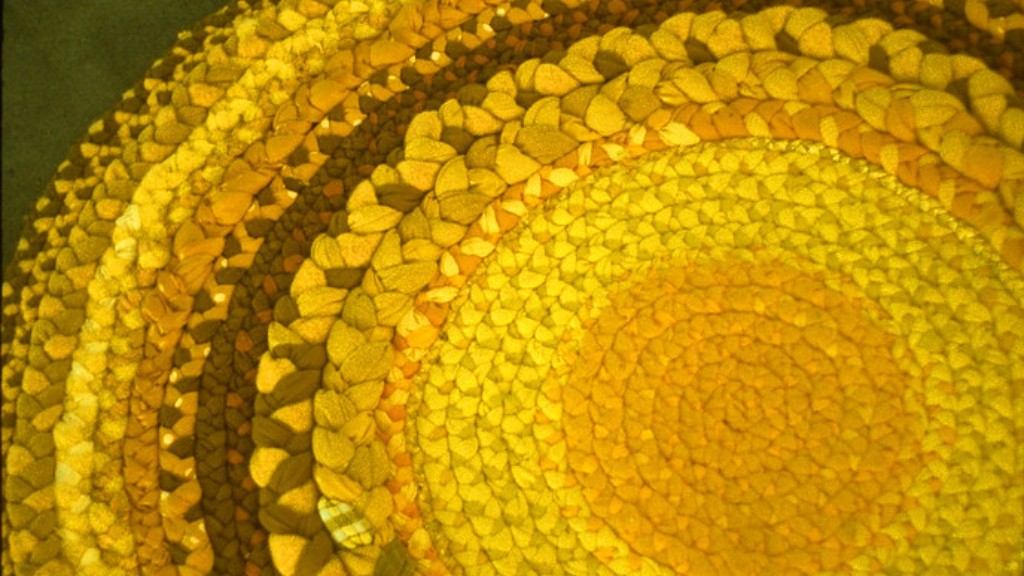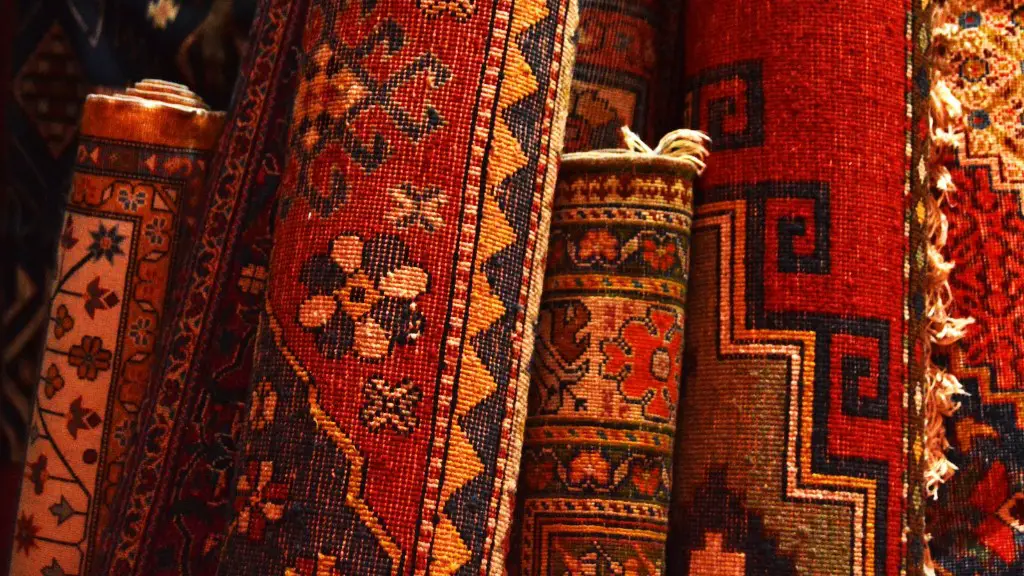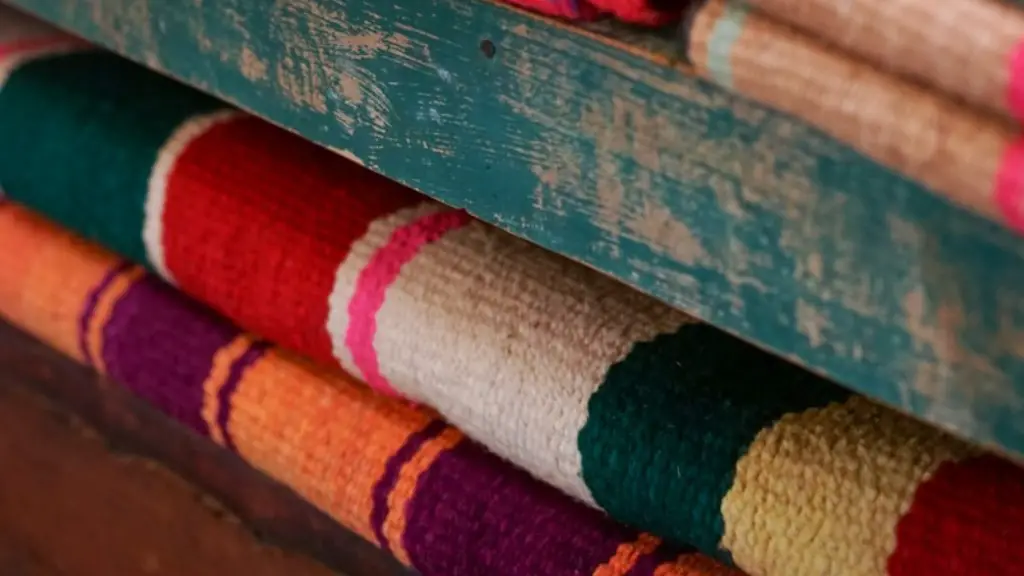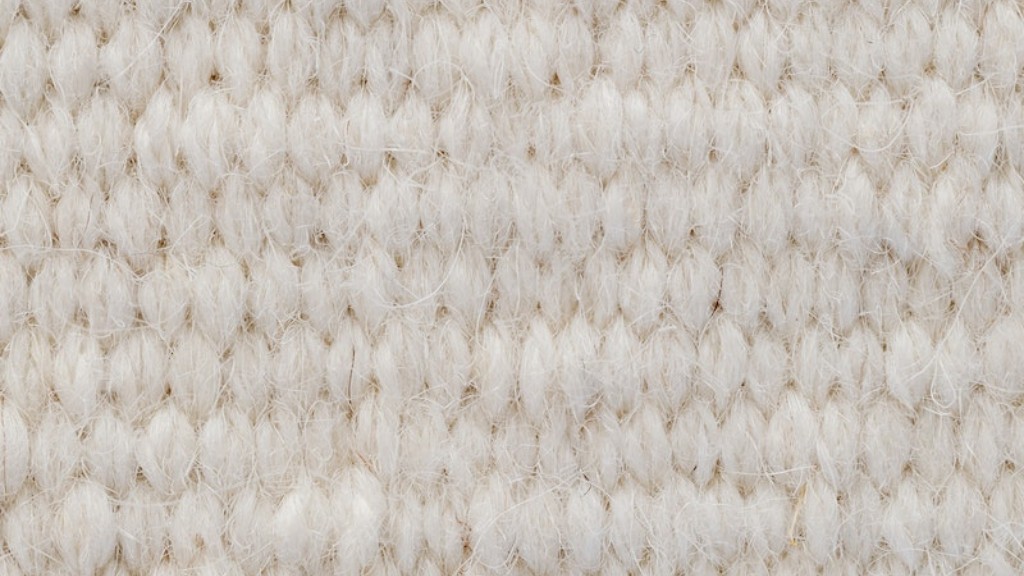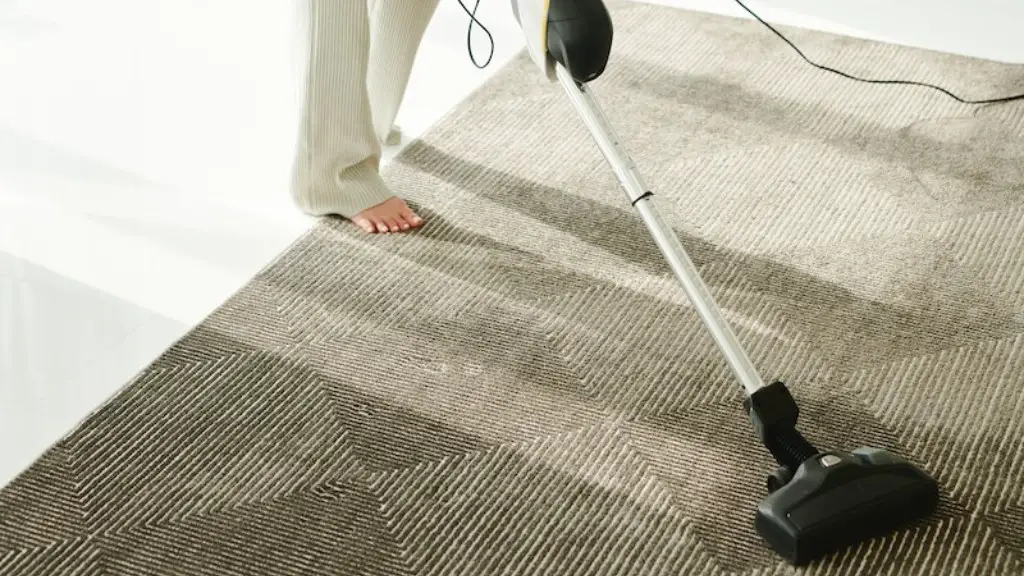If you’re looking to refinish your stairs, you’ll need to remove any existing carpeting first. Once the carpet is removed, you can then begin the process of staining and sealing the wood. This will not only protect your stairs from further wear and tear, but will also give them a beautiful, natural finish.
Stairs can be stained after removing carpet by following these steps:
1. Use a putty knife or other sharp object to remove any residual adhesive from the stairs.
2. Sand the stairs to create a smooth surface for the stain.
3. Wipe down the stairs with a damp cloth to remove any dust from sanding.
4. Apply the stain of your choice evenly to the stairs.
5. Allow the stain to dry completely before applying a clear coat or sealer.
What to do with stairs after carpet is removed?
The first step in refinishing your stairs is to remove the old carpet. This will allow you to see the condition of the wood and make any necessary repairs. Next, remove any varnish from the wood stairs. This will help the new finish to adhere better. Once the varnish is removed, fill in any holes in the wood. Finally, sand the stairs to create a smooth surface.
After the stairs are prepped, it’s time to add the new finish. First, stain the stairs with your desired color. Once the stain is dry, paint the stair risers with a contrasting color. This will give your stairs a fresh, new look.
If you’re looking to update your stairs, one popular option is to replace the carpet with hardwood. Here is a quick overview of what you’ll need to do:
1. Remove the Carpet – This is the first and most obvious step. Be sure to remove any staples, nails or tack strips that may be holding the carpet in place.
2. Cut Existing Nosing – You’ll need to cut the existing nosing (the lip that sticks out over the edge of the step) so that it’s flush with the new hardwood.
3. Measure the Stairs – You’ll need to take some measurements so that you know what size pieces of hardwood to cut.
4. Cut Riser Pieces – Cut the pieces of hardwood that will go on the risers (the vertical part of the stair).
5. Cut Tread Caps – Cut the pieces of hardwood that will go on the treads (the horizontal part of the stair).
6. Attach Edge Moulding – You may want to attach some edge moulding to the treads and risers to give them a finished look.
7. Measure the Tread Size – Once everything is cut, you
How do you strip and stain stairs
If you’re looking to refinish your stair treads, here are a few things to keep in mind. First, start by sanding down the treads to bare wood with the 80 grit sandpaper. Next, clean and vacuum between passes, then wipe down the treads with a tack cloth. Sand again and clean once more. Finally, treat the wood and stain the treads before applying the finish. Be sure to sand and repeat the process two more times for best results.
If you want to refinish your wood stairs without sanding, you can do so by covering the stair treads with the final touch. However, before you do that, you need to cover all the areas you don’t want to get the paint on. This includes the sides of the stairs and risers.
Should I paint or stain my stairs?
Stains are generally more durable than paint, and lighter tread paints may begin showing scuffs and marks before stains or darker paints. Painting over dated, stained wood on spindles, risers, and handrails is one of the most cost-effective ways of transforming your staircase or stairwell.
If you’re looking to restore the beauty of your hardwood floors, follow these four easy steps! First, remove all carpet, padding, and debris from the floor. Second, thoroughly wash the hardwood floor. Third, apply Weiman High Traffic Hardwood Floor Polish & Restorer. Finally, apply a final coat of Weiman High Traffic Hardwood Floor Polish & Restorer.
What can you replace carpet on stairs with?
Laminate floors are a great alternative to carpet on stairs for many reasons. They are less expensive than other options and offer a brilliant way to get the look of expensive carpeting without the price tag. Additionally, laminate floors are easy to clean and maintain, making them a great option for high traffic areas like stairs.
It would be great if we could have uninterrupted flooring throughout our homes, but it’s just not possible. Every room has its own priorities and challenges that make it difficult to have a single, uninterrupted floor. If the flooring met without anything in between, they wouldn’t fit properly, and there would be challenges such as height and texture differences, uneven seams, and damage.
Is it better to have carpet or wood on stairs
Carpet is the better choice for safety on the stairs in a home with children and the elderly. Wood is slippery and can be dangerous, whereas carpet greatly reduces the chance of a slip and fall that could cause serious injuries.
Staining your woodworking project is an important step in the finishing process. It is important to always apply the stain in the direction of the grain. This will ensure that the stain is evenly applied and that any imperfections in the wood are smooth away. Applying quick and thin coats is also important. Too much brushing or wiping could cause problems when the stain dries. Sanding between coats using a 220 grit sandpaper will ensure good adhesion and a smooth finish.
How many coats of stain should you put on stairs?
To get the best results when staining, be sure to apply two coats of the stain. Start at the top and work your way down. If using a paintbrush, apply the stain in even strokes, with the final stroke finishing in the area you’ve already stained. Wipe off the excess stain with a dry cloth and allow it to dry. Allow the stain to sit for 5-15 minutes (follow the directions) for best results.
It’s important to sand the conditioned wood lightly with fine-grit sandpaper before applying the first coat of stain. This will help the stain to better adhere to the wood. Be sure to sand in the direction of the grain, using even strokes. Tack cloths can be used to remove the dust before proceeding.
Is it better to stain with a brush or rag
A lint free rag is the best way to apply wood stain because:
– It is great for controlling the amount of stain that is applied.
– It is great for removing any excess stain.
– It leaves a beautiful, even, and brush stroke free finish.
You should always sand down to clean wood before applying any stain, as this will help to create a smooth surface with no blemishes. Stain can highlight scratches and dings in the wood, so it is important to have a smooth surface to work with.
What happens if you stain without sanding?
When staining wood, you will need to apply a finish afterwards to protect the stain. You can either use a polyurethane, laquer, or other hard finish. Be sure to sand the wood in between each coat of finish for a smooth and consistent finish.
Both painting and staining have their pros and cons. Painting is cheaper and offers more color options, but is not as attractive as staining. Staining lasts longer and is more durable, but is more expensive. Ultimately, the decision comes down to personal preference and budget.
What color is best for stair treads
If you’re looking for a cool, neutral finish for your stair treads and risers, you may want to go with a two-tone white/blue or white/beige combination. Alternatively, block white or wood colours look great when combined with an accent stair runner and rods.
If you have a darker wood, you can definitely go for a darker stain to bring out the natural grain. However, if you have a lighter wood, you don’t want to go too dark or it will look unnatural. Instead, go for a light or medium tone to add some drama to the look of your wood project while still keeping it looking natural.
Final Words
1. Assess the condition of the stairs. If the stairs are in good condition, you can proceed to the next step. If the stairs are in poor condition, you may need to repair them before staining.
2. Choose the type of stain you want to use.
3. Follow the manufacturer’s instructions for applying the stain.
4. Allow the stain to dry completely before walking on the stairs.
It is important to take the time tosand and prep the stairs before staining them. This will ensure that the new finish will last for years to come.
